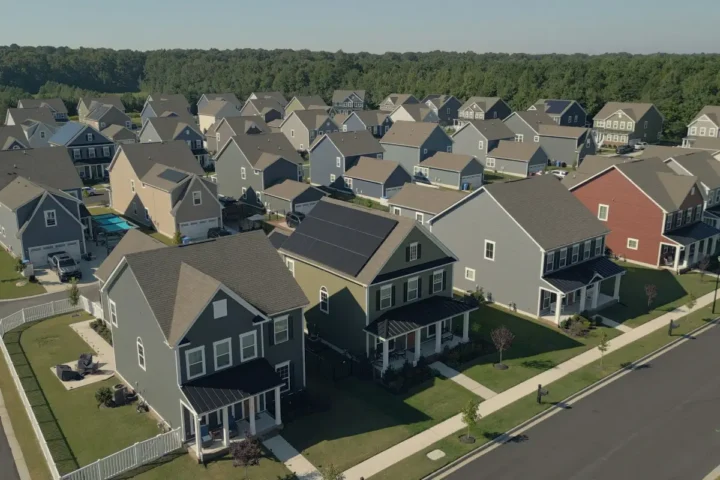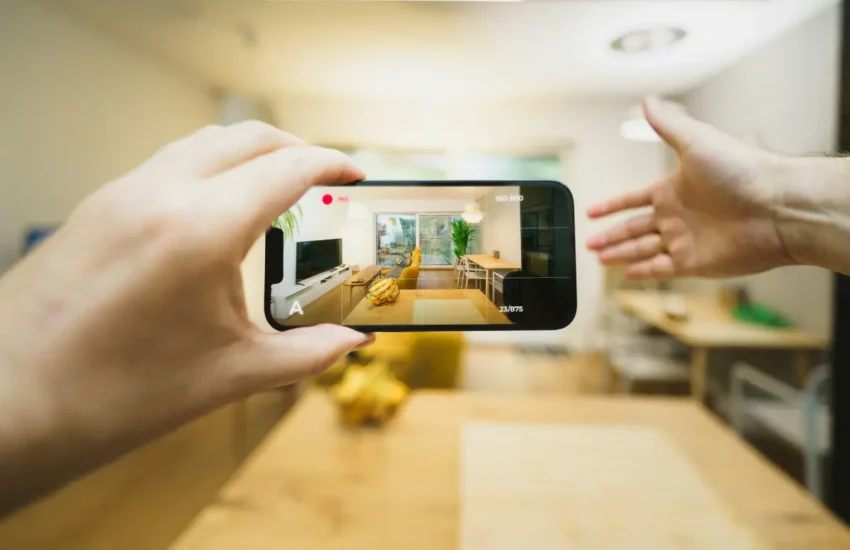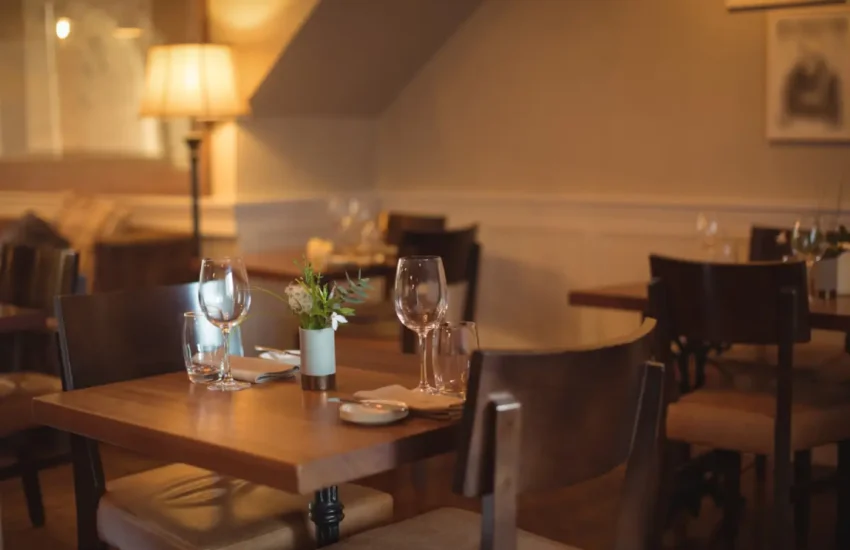Innovative Approaches to Modern Real Estate Development
Modern real estate is experiencing a profound revolution, fundamentally transforming how cities and communities are designed, built, and experienced. Dynamic advances in sustainability, cutting-edge technology, and a growing appreciation for high-quality, community-centered living environments power this sea change.
Conventional building methods no longer bind developers. Instead, they are turning to imaginative, forward-thinking strategies that reshape city skylines and prioritize healthier lifestyles, energy conservation, and stronger local economies. Prominent industry leaders such as John Picerne are prime examples of how visionary leadership facilitates the adoption of these progressive transformations, resulting in highly desirable and resilient communities that serve as blueprints for sustainable development.
As the demands of cities and residents change, these innovative approaches ensure that built environments remain adaptable, relevant, and beneficial for future generations.
By weaving together sustainable construction practices, advanced digital technology, and innovative community models, modern real estate projects are not simply meeting traditional expectations—they are consistently exceeding them. As urban populations grow and lifestyle preferences shift, creative strategies are required to accommodate evolving needs while minimizing negative environmental impacts and maximizing social value.
This article will delve deeply into the most potent and effective trends now paving the way to a smarter, greener, and more inclusive urban future—one where technology and sustainability work hand in hand to create new standards for livability and environmental stewardship.

Sustainable Building Practices
The momentum for sustainable development in real estate has never been stronger. Net-zero energy buildings, which generate as much energy as they consume over a year, quickly become a hallmark of responsible real estate development. Developers worldwide are adopting these eco-conscious designs to address climate change and rising operational costs. A leading example is The Edge in Amsterdam, widely considered one of the greenest office buildings globally.
The Edge integrates solar panels, rainwater harvesting, and intuitive energy management systems to drastically reduce its carbon footprint while providing occupants a healthy, comfortable environment. These features mark a pivotal shift towards large-scale buildings that are efficient and contribute to occupant well-being.
Another innovative technique rapidly gaining favor is modular construction. In this method, entire sections of buildings—from individual rooms to complex structural assemblies—are prefabricated offsite in controlled environments, then transported and assembled at the final location. This approach reduces on-site construction time, minimizes disturbance to surrounding areas, and dramatically cuts material wastage.
In addition, modular construction allows architects and engineers greater freedom to experiment with creative designs and layouts tailored to the needs of communities or businesses. Ultimately, such innovation helps the environment and offers tangible cost benefits and faster occupancy for developers and end users.
Technological Integration
The pace at which technology is transforming real estate is extraordinary. Virtual reality (VR) is now an indispensable tool in the property market, offering immersive, interactive tours for prospective buyers or tenants.
Gone are the days when viewing a space meant physically traveling to multiple locations; VR enables customers to tour and evaluate properties remotely, often with photo-realistic detail. This convenience is especially crucial for international buyers and those navigating highly competitive markets, saving time and effort while broadening access.
Artificial intelligence (AI) also transforms how properties are developed, managed, and valued. Predictive analytics powered by AI can sift through massive amounts of market data—from economic indicators to consumer preferences—to anticipate price trends, optimize investments, and uncover market gaps.
In addition, AI-driven building automation systems handle everything from lighting and HVAC to security and on-demand maintenance. The result is a leap in operational efficiency and user comfort, as intelligent systems learn from occupant behavior to conserve energy and preempt issues before they arise.
Community-Centric Developments
Today’s leading real estate projects extend well beyond bricks and mortar, putting community value at the heart of each development. Modern co-living developments, for instance, address the twin challenges of affordability and urban isolation, offering shared kitchens, lounges, and co-working areas that foster meaningful connections among residents.
These spaces are beautiful to young professionals, freelancers, and others who might struggle to access affordable, centrally located housing. Flexible leasing terms add another layer of appeal, supporting the needs of a more mobile and diverse population.
Mixed-use communities also reshape urban living by blending residential, commercial, and recreational spaces into unified developments. As seen in projects like Hudson Yards in New York, this integration allows people to live, work, shop, and relax within the same area.
The result is improved convenience, reduced commuting time, a more vibrant local culture, and a stronger sense of place. Mixed-use models are now central to many urban planning strategies aiming to maximize available land and promote more sustainable, walkable cities.
Innovative Financing Models
Launching innovative real estate projects—especially those that push the boundaries technologically or environmentally—often requires creative financing strategies. Public-private partnerships (P3s) are an increasingly popular model in which government entities and private investors collaborate, sharing both risks and rewards of large-scale development.
This approach has proved instrumental in unlocking funding for ambitious projects such as major transportation hubs, affordable housing initiatives, and transformative urban redevelopment projects that would be financially out of reach for either party individually.
Another innovative financial tool gaining traction in sustainable development is the green bond. These bonds are earmarked explicitly for financing projects with measurable environmental benefits, such as energy-efficient buildings and renewable energy installations.
With the growing number of socially conscious investors, green bonds are increasingly attractive, often offering improved interest rates to borrowers committed to eco-friendly outcomes. As access to such capital increases, developers can pursue bold, high-impact projects that advance economic and environmental goals.
Adaptive Reuse and Smart Cities
Repurposing Heritage for Modern Needs
Adaptive reuse has emerged as a robust response to environmental challenges and changing urban needs. This approach involves transforming underused or historic structures for new, often radically different, purposes.
One standout example is New York’s High Line, a once-abandoned elevated rail line that now serves as a beloved public park and cultural landmark. These adaptive reuse projects breathe new life into neighborhoods, blending architectural preservation with contemporary public space to maintain a city’s unique character, attract tourism, and support economic revitalization.
New Urbanism: The Rise of Smart Cities
Smart cities represent the pinnacle of innovation in urban planning and infrastructure. Smart cities dynamically manage utilities, traffic, waste removal, and public transportation in real time by deploying digital sensors, IoT technology, and data-driven systems.
The Songdo International Business District in South Korea is one of the premier examples of this trend, integrating green technologies, automated waste collection, and advanced monitoring to lower pollution and enhance resident quality of life. Innovative city initiatives are now being adopted worldwide, as urban leaders strive to create environments that are efficient, sustainable, and resilient and responsive to occupant needs.
Conclusion
The real estate landscape is evolving rapidly and is fueled by the relentless pursuit of greater efficiency, environmental stewardship, and livability. As developers and city leaders embrace bold new approaches in technology, finance, and community design, they are setting the foundation for urban environments that are smarter, greener, and more inclusive.
The cities and communities emerging from these efforts promise better infrastructure and a higher quality of life—proving that innovation and sustainability can go hand in hand to benefit people and the planet alike.


